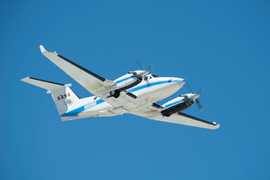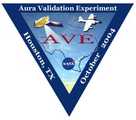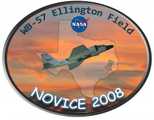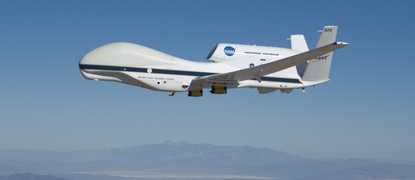The Airborne Compact Atmospheric Mapper (ACAM) is a remote-sensing airborne spectrometer developed at NASA's Goddard Space Flight Center (GSFC). It uses two thermally stabilized spectrometers to measure nitrogen dioxide, sulfur dioxide, ozone, formaldehyde, and aerosols across the ultraviolet, visible, and near-infrared spectra (310-900 nm). ACAM typically operates at a spatial resolution of 30 meters and a temporal resolution of 2 Hz. ACAM data can be used for calibration and validation of observations from the Aura satellite.


Instrument Details
- Spectrometer/Radiometer
- Earth Science > Atmosphere > Atmospheric Chemistry > Carbon And Hydrocarbon Compounds > FormaldehydeEarth Science > Atmosphere > Air Quality > Tropospheric OzoneEarth Science > Atmosphere > Atmospheric Chemistry > Trace Gases/trace SpeciesEarth Science > Atmosphere > AerosolsEarth Science > Atmosphere > Atmospheric Chemistry > Nitrogen Compounds > Nitrogen DioxideEarth Science > Atmosphere > Atmospheric Chemistry > Sulfur Compounds > Sulfur DioxideEarth Science > Atmosphere > Atmospheric ChemistryEarth Science > Atmosphere > Atmospheric Chemistry > Oxygen Compounds > Ozone
- Boundary Layer, Troposphere
- 2 Hz
- 30 m
- 333-968 THz
- Currently unavailable
Scott Janz
Scott Janz
GSFC
NASA
Filter data products from this instrument by specific campaigns, platforms, or formats.
CAMPAIGNS
PLATFORMS
FORMATS








